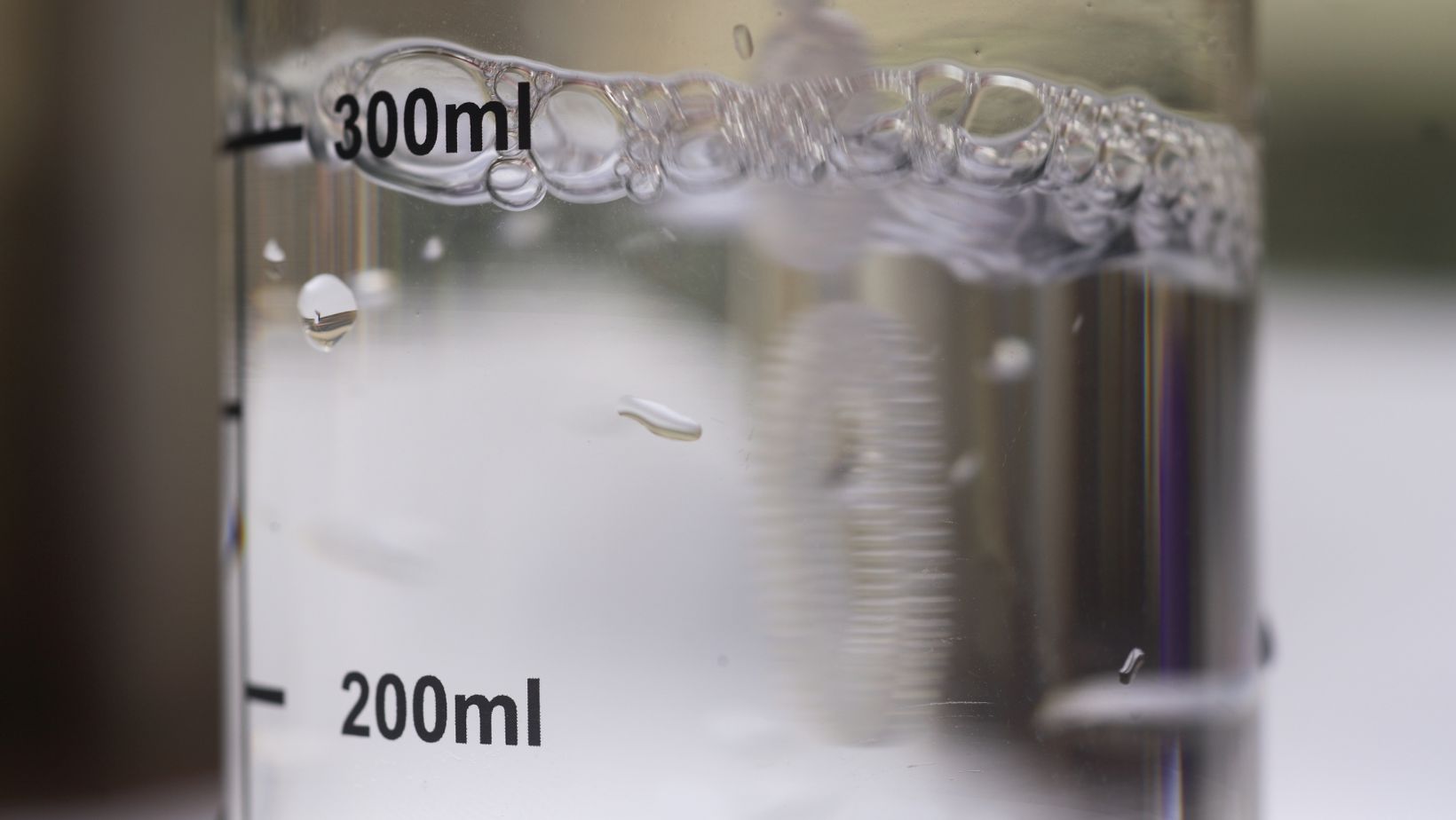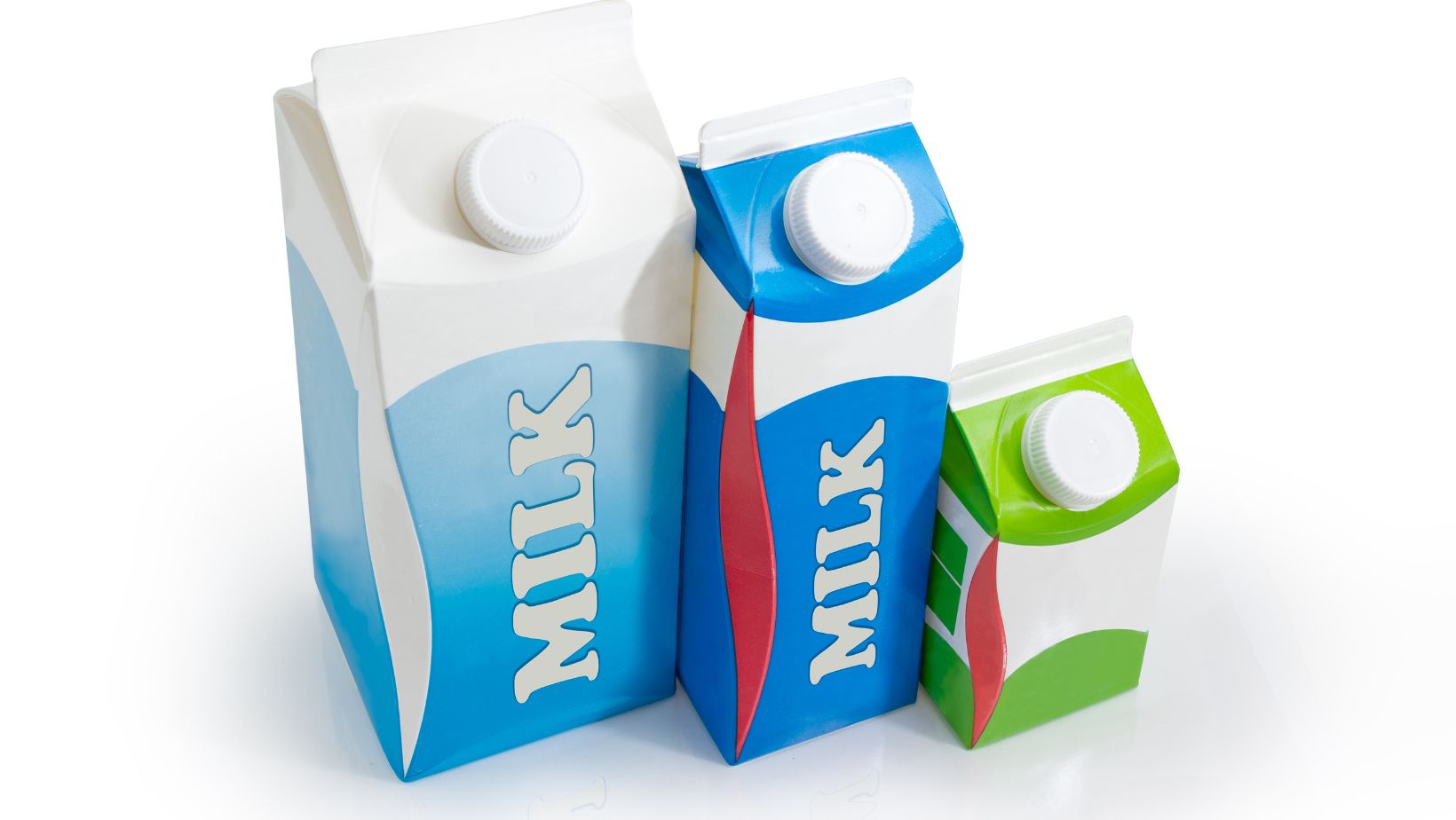How Many Moles of NaCl are Present in 600 ml of a 1.55 M NaCl Solution: A Calculation Guide

Are you curious about how many moles of NaCl are present in a 600 ml solution with a concentration of 1.55 M? Well, I’ll answer right away. To determine the number of moles, we need to use the formula: Moles = Concentration (M) x Volume (L).
The concentration is 1.55 M, and the volume is 600 ml, which we need to convert to liters by dividing it by 1000. By plugging these values into the formula, we can calculate the number of moles of NaCl present in the solution.
Calculating moles in a solution may seem daunting at first, but it becomes much simpler once you understand the concept and have a clear formula to follow. So let’s dive deeper into this topic and unravel the mystery behind calculating moles of NaCl in a given solution.
Stay tuned for an explanation that will break down all the steps involved and help you confidently solve similar problems in no time. Understanding how to calculate moles is essential for anyone working with solutions or studying chemistry. Let’s get started!
How Many Moles of NaCl are Present in 600 ml of a 1.55 M NaCl Solution
Moles are a fundamental concept in chemistry that helps us understand the amount of a substance present in a given sample. In this section, I’ll explain what moles are and how they relate to the concentration of a solution.
What is a mole? A mole is a unit used to measure the amount of a substance. It represents 6.022 x 10^23 particles, which is called Avogadro’s number. These particles can be atoms, molecules, ions, or any other type of entity, depending on the substance being considered.
How do moles relate to concentration? Concentration refers to the amount of solute (substance being dissolved) in a given volume of solvent (the dissolving medium). It is typically expressed as moles per liter (mol/L) or molarity (M). The molarity tells us how many moles of solute are present in one liter of solution.
Calculating moles from concentration and volume: To determine the number of moles in our solution, we can use the formula:
moles = concentration × volume
Substituting our values into the formula:
moles = 1.55 mol/L × 0.6 L
Calculating this gives us 0.93 moles of NaCl present in our solution.

Defining the Given Solution
The first step in understanding the problem is to define the given solution. In this case, we are dealing with a 1.55 M NaCl solution that has a volume of 600 mL.
Molarity (M) measures concentration and represents the number of moles of solute per liter of solvent. The symbol M denotes it. In our case, the solution has a molarity of 1.55 M NaCl.
To calculate the number of moles present in the solution, we need to use the equation:
moles = molarity x volume
Substituting our values into this equation, we find:
moles NaCl = (1.55 mol/L) x (0.6 L)
Simplifying further:
moles NaCl = 0.93 mol
Therefore, 0.93 moles of NaCl are present in the given 600 mL solution.
Final Thoughts
Understanding the concept of moles allows us to accurately quantify substances in solutions based on their concentrations and volumes. By applying mathematical formulas like these, we can analyze chemical reactions, calculate stoichiometry ratios, and make precise measurements in the laboratory.




